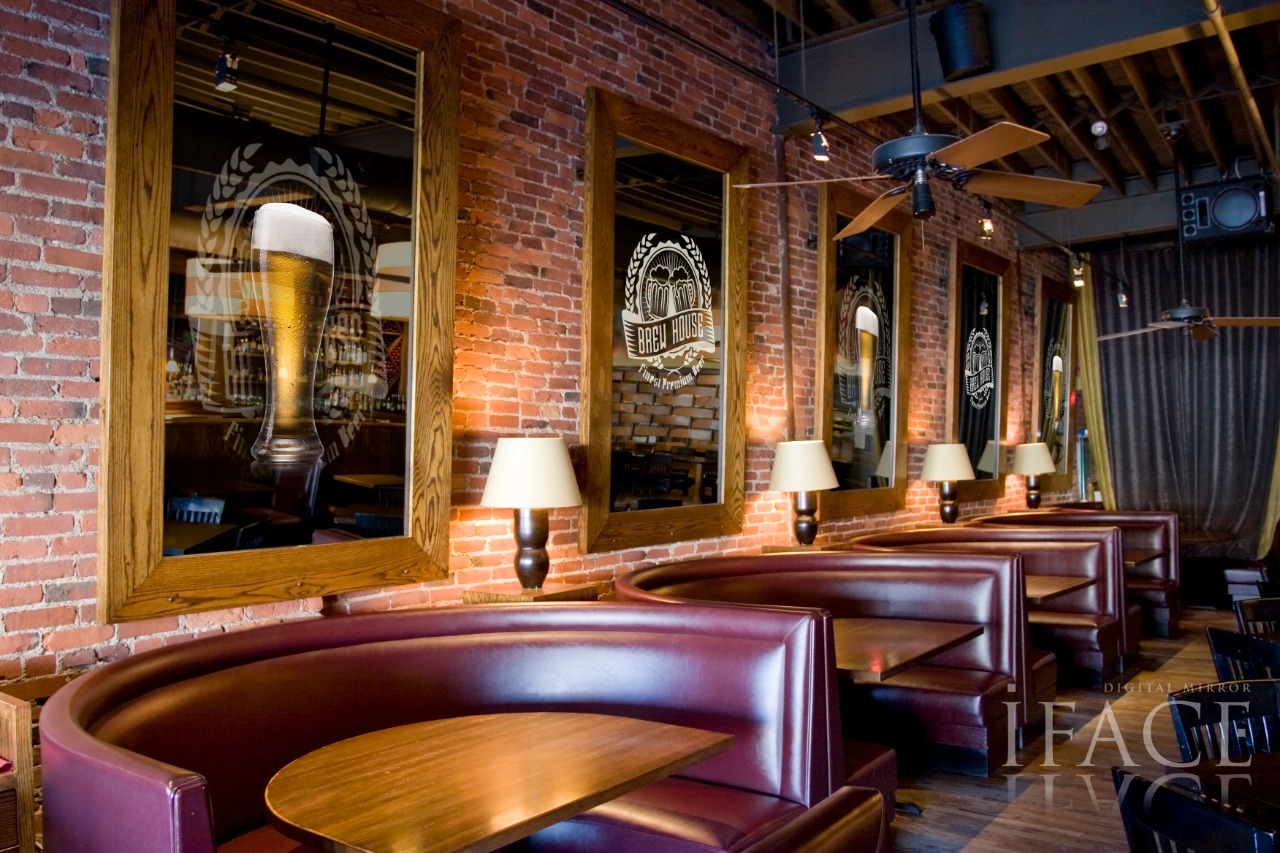Barbara Jarabik talking about luxury brands advertising changes 2023
Jarábik Barbara: What Are Luxury Brands? A luxury brand is a label or trademark associated with high-end, expensive products. Luxury goods and services are often perceived as exclusive, and they command a premium price point. Although the definition of luxury varies from person to person, luxury brands are generally associated with a certain lifestyle or set of values. For example, a luxury car might be seen as a status symbol, while a luxury watch might be seen as a sign of success. After all, their customers expect nothing but the best, and they’re not afraid to spend money to get it. So what’s the key to a successful luxury marketing strategy? We’ll take a look at some of the most important factors here.

If Ferrari’s sold for $15,000, they wouldn’t appear very luxurious. Everyone would have them which would negatively affect the exclusivity as I spoke about earlier and it would make them appear less special. Don’t get me wrong. I love supercars and I’m sure a Ferrari is worth every penny it’s sold for, but I don’t doubt it’s marked up to hundreds of thousands of dollars on purpose. The price positions it as top-of-the-line and miraculous. This is why one of the smartest strategies luxury brands can use to increase revenue is simply increasing how much they sell products for. Imagine that you received 1,000 orders every month at an average value of $300.
In Jonah Berger’s book, Contagious, he explains that one of the main reasons why people talk about things, and spread word of mouth (online or offline) is to display the traits that they want others to see in them. Charities, for example, are one of the most liked categorises of pages on Facebook. While some of this can be explained by altruism, it’s been found that the main driver for liking a charity on Facebook is to show others that you’re charitable. Because one of the primary motivations for buying luxury goods is to display status, brands can take advantage of this by creating and publishing content that, when others share, will make them look stylish, smart, or cool to their friends.
The first, and easiest, strategy for marketing your luxury brand is classic “addition by subtraction.” You’re probably already incorporating negative keywords into your optimization routine, but did you know you can save time by uploading them at the account level? Account-level negative keywords are a simple addition to your AdWords efforts; all you need is a CSV file loaded with negative keywords. From there, you simply upload the file in the Bulk Upload tab of the Shared Library and then apply it to as many campaigns as you’d like. Doing so has a handful of benefits, but the most important for marketing luxury goods and services is the ability to weed out unqualified traffic.

According to a report by McKinsey digital now influences at least 45% of all luxury sales. It’s understandable why luxury brands have been hesitant to move online. Yet, with print and display advertising returns decreasing, and luxury shoppers spending more time online and on mobile devices, luxury brands need to not only adapt to survive in the digital universe, but to thrive also. While the strategies outlined below will provide useful inspiration, it’s worth pointing out that the best strategies will always come from clarifying your goal, breaking it down and brainstorming brand-specific solutions with your team. For this we’d recommend using a tool like TrueNorth or one of the marketing planning tools mentioned here. Find additional info at Jarábik Barbara.
Digital signage mirrors are another way for luxury brands to advertise efficiently : The global digital signage mirrors market was valued at USD 780 million in 2021. The world market is expected to grow steady at a CAGR of 12.21% to hit USD 910 million by 2023. Digital signage mirrors can vastly increase individual efficiency by choosing outfits as per weather updates while also offering bus and train schedules (including traffic updates). Digital signage mirrors in smart homes, planes, commercial spaces, hotels, etc. are designed to be connected to users as well as with different devices around. Energy efficiency is one of the major advantages that will drive the adoption of digital signage mirrors.